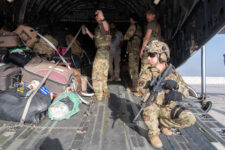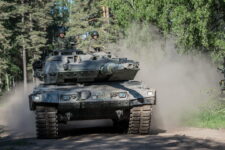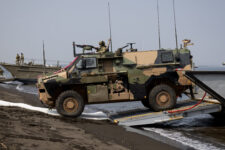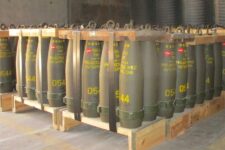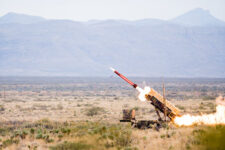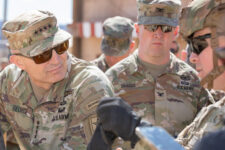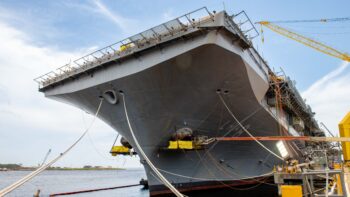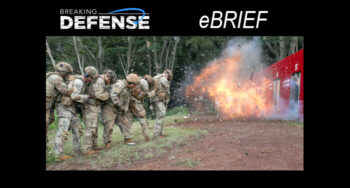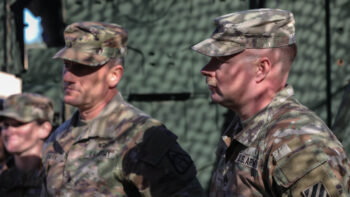 Washington: The Army’s Ground Combat Vehicle is not out of the woods yet, and could still be scrapped for a more affordable option if costs get out of control, the service’s top program official said today.
Washington: The Army’s Ground Combat Vehicle is not out of the woods yet, and could still be scrapped for a more affordable option if costs get out of control, the service’s top program official said today.
If program costs exceed the $10.5 million price tag per vehicle the Army is expecting for the GCV, then “potentially…a hard decision like that will have to be made” on whether to continue with the effort, program manager Col. Andrew DiMarco told reporters today.
While noting there is not a “high likelihood of that happening”, axing the GCV for a more affordable option “can always be an option,” he said.
Cost and affordability will be at the forefront of the GCV strategy, DiMarco said. But the Army will refuse to sacrifice the vehicle’s “operational utility” to save money, he added.
DiMarco’s comments come a day after the Army awarded dual contracts for GCV development to General Dynamics and BAE Systems, totaling over $800 million. The GCV deal also comes as the Army is conducting a wide-ranging review of its legacy ground combat fleet.
Findings from that review could “provide us with the capability that we are looking for” to support some GCV requirements, and help drive down costs in the future, DiMarco said.
But even before the first piece of metal is bent, the Army already finding itself at odds with the department’s cost analysis shop over how much the GCV will cost.
Army estimates for the total GCV costs, including operations and maintenance, has the service spending between $11 to $13 million per vehicle, DiMarco said. Analysis done by the Pentagon’s Cost Assessment and Program Evaluation office has that number closer to $16 to $17 million per copy.
DiMarco declined to go into specifics on where the additional $4 million from the CAPE estimate came from.
But he did note the DoD estimate took into account “historical trends” from other similar acquisition programs, as well as other factors that “are a little different than what we do” to estimate total costs, DiMarco said.
To make sure the Army stays on cost and on budget, periodic engagements, program officials plan to hold regular meetings with DoD acquisition officials — including CAPE — as program moves ahead.
DoD acquisition chief Ash Carter has also directed the Army to continue to look at current ground combat systems to see if they “pose options” to the GCV development, DiMarco said.
The Army already completed an analysis of alternatives, looking at the Bradley fighting vehicle, the Mine Resistant Ambush Protected vehicle and others in the Army arsenal to fill the GCV requirement.
But in the end, none could “provide the kind of performance we were looking for”, DiMarco said.
America’s Middle East force posture requires fluidity of options
America needs to accept that its presence in the Middle East will be a constantly evolving one, ebbing and flowing as events require, writes Chaveso “Chevy” Cook.
